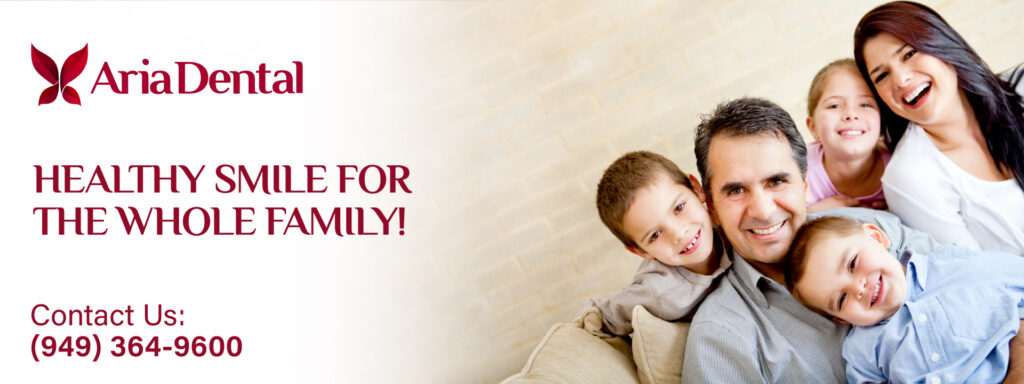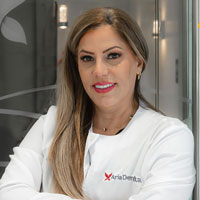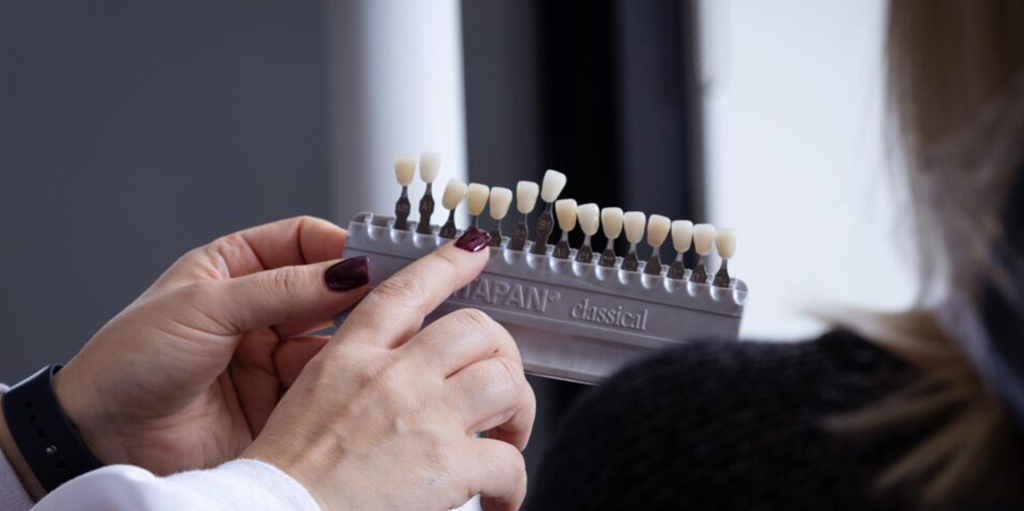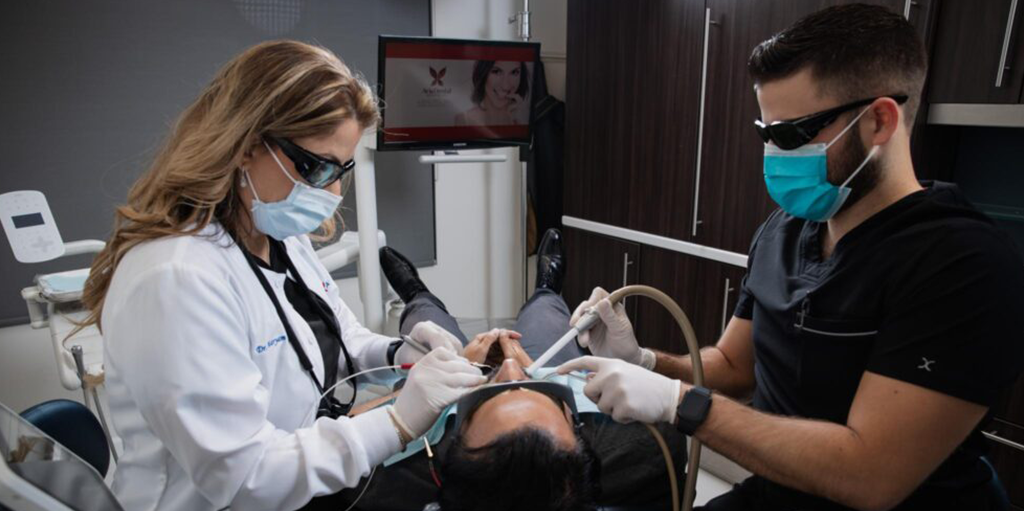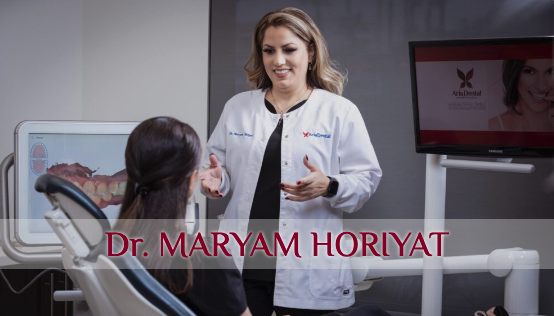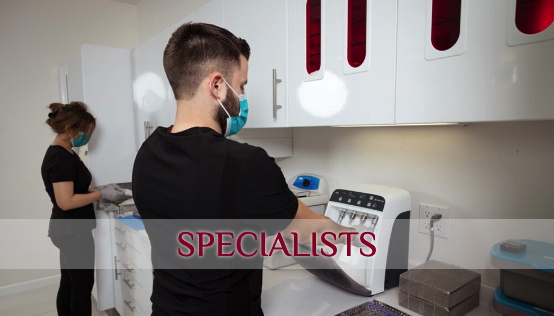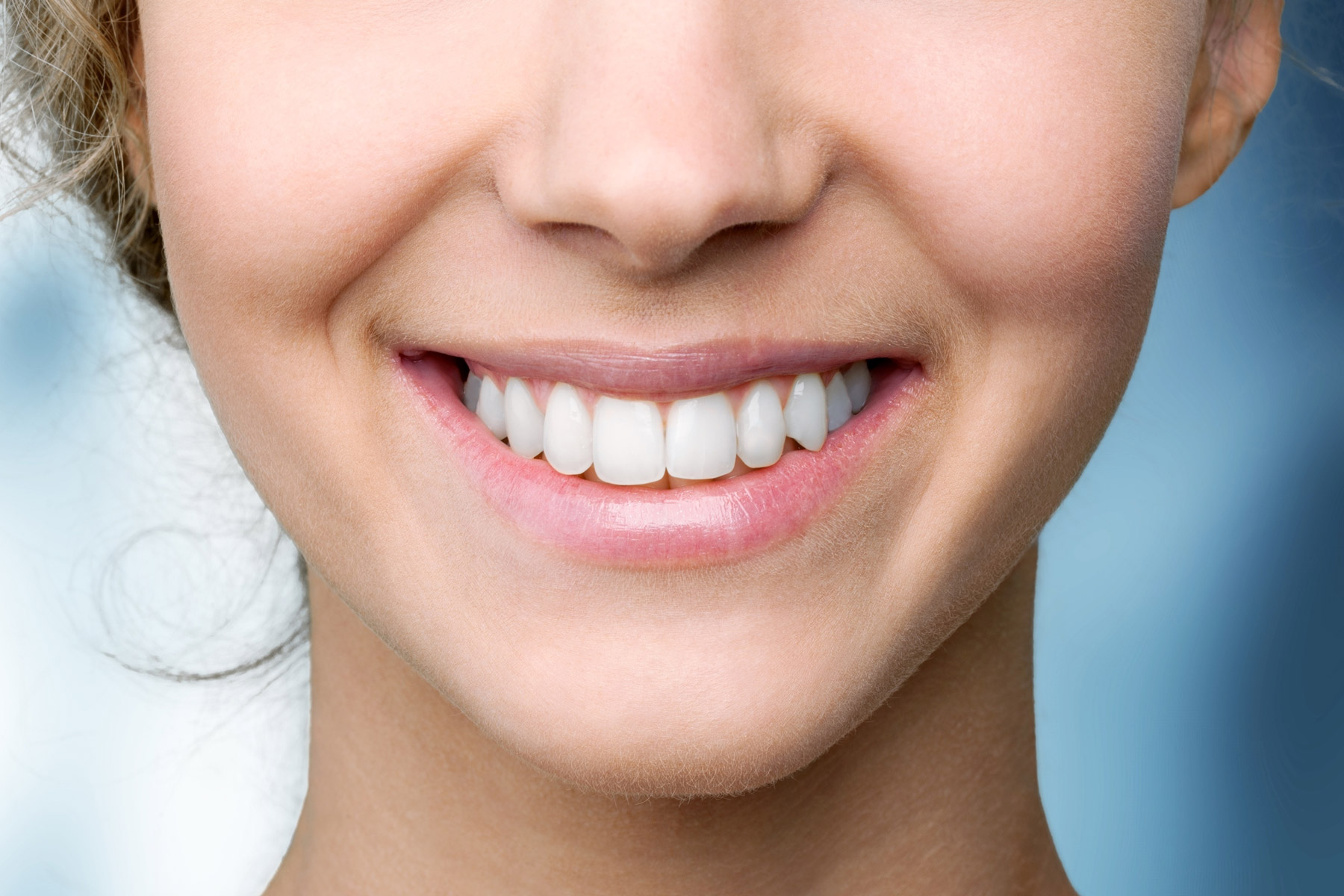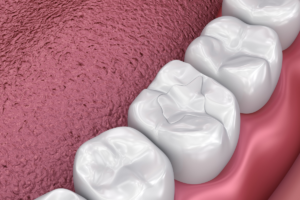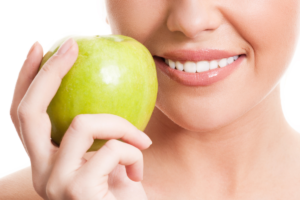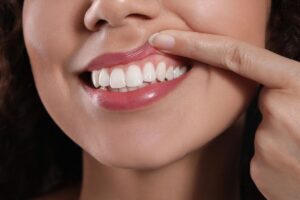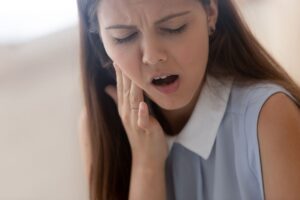Over time, functional medicine is increasingly becoming more popular. Maryam Horiyat, DDS, the best dentist in Orange County tells us that functional medicine focuses more on the underlying cause of disease and is more patient-focused. While traditional medicine is usually diagnosed based and more doctor oriented.
Since biocompatible dentistry is more mainstream in dental offices that offer holistic practices, more patients opt for this type of dental care. Biocompatible dentistry is a synonym for holistic dentistry offered by the best dentist in Orange County. Both concentrate on the nature of the body and the practice of dentistry; they just have different starting points. The concepts can essentially be thrown onto one another. Look at the definitions the cosmetic dentist in Orange County gave us of the two words to understand what they mean.
Holistic Dentistry: Considers the body as one complete unit and is, therefore, more attentive to how the chemicals used in the mouth could affect the entire body.
Biocompatible Dentistry: Focuses on how the chemicals in the moth affect the whole body because it sees the body as one whole. Ultimately, it doesn’t make a difference which way you approach functional medicine since both ends at the same conclusion.
However, to zero in on biocompatible dentistry as a clear-cut term when compared to holistic dentistry, the best dentist in Orange County will talk about biocompatible materials.
What Are Biocompatible Materials?
Biocompatible materials are materials that do not lead to any adverse effects on a patient’s biology when they are used in the mouth. In contrast to toxic materials, that can result in significant health consequences to their users.
Biocompatible Dentistry’s Outlook
The belief is that biocompatible dentistry identifies the association between the mouth and body. It sees the body as a whole and deems what occurs in the mouth influences the body and vice-versa. Due to this reason, biocompatible dentists use a proactive process to dental health that concentrates on dealing with the root causes of dental diseases instead of the symptoms. Their approach proactively encourages health and wellness through nutrition and dental hygiene rather than reacting to the negative consequences of poor eating habits and neglecting your teeth.
Biocompatible Dentistry as a Method
The usual procedure that biocompatible dentists go by is usually a conservative approach to what materials they place in their patient’s mouths. They prefer to keep clear of invasive procedures such as surgery when less-invasive, natural methods are available. Here is a list of chemicals and practices that biocompatible dentists usually have an active viewpoint on.
Mercury Amalgam Fillings
Traditionally, dentists use silver amalgam fillings on their patients. The problem with these fillings is that they contain 50% mercury, a toxic heavy metal that can damage the central nervous system and the immune system.
Traditional dentists think the effects of the mercury in the amalgam to be harmless. Still, biocompatible dentists believe “mercury is mercury,” and even small quantities can accumulate in the biological systems of their patients and cause issues. If their patients already have mercury amalgam fillings, biocompatible dentists often suggest they get these removed.
What are the Alternatives to Amalgam Fillings?
There are two primary types of materials used in biocompatible dentistry to substitute a lost tooth structure.
- Composite: This is the tooth-colored resin filling material that can be bonded to the tooth in one dental visit. Composite fillings are best when less than 50% of the tooth structure has been lost because of decay, trauma, or after an amalgam filling removal. New research data has shown that the new generations of composites can last just as long as amalgam fillings and are a much safer alternative since they do not have mercury.
- Ceramic/ Porcelain: These are usually lab-made. In cases in which tooth-colored restoration is the ideal treatment option, more than 50% of the tooth structure has been lost. Ceramic is stronger and more durable than a composite filling, so it can be used to accurately restore a tooth when the restoration is extensive. Ceramic inlays, onlays, and partial crowns are a less invasive, conservative treatment option than full coverage crowns and are used to preserve as much of the natural tooth as possible.
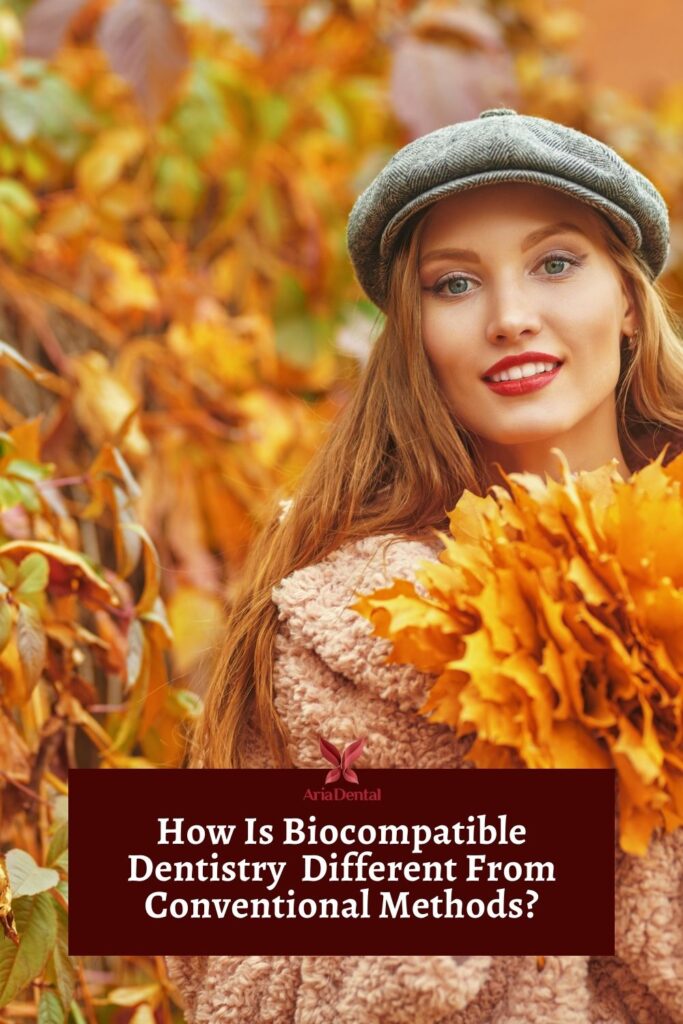
What Biocompatible Dentists Don’t Recommend
Fluoride
Biocompatible dentists don’t prescribe fluoride to their patients because they feel there is an abundance of fluoride in our water systems. They also warn their patients about the dangers of fluorosis, a condition caused by the intake of toxic levels of fluoride.
Root Canals
A good majority of biocompatible dentists do not perform root canals for various reasons. Their motives are the following: They think root canals impose harmful bacteria into the blood, bacteria that can severely affect patients who have diabetes, heart disease, and stroke. They regard the chemicals used to sterilize root canals can causing long-term adverse health consequences in their patients. They believe root canal therapy is fruitless. It doesn’t work unless the canal has been thoroughly sterilized, and this has been proven to be unachievable.
Bisphenol A (BPA)
This is a compound that exists in many plastics, and in addition to that, it is in some composite alternatives to mercury amalgam fillings. Because of this, many biocompatible dentists are cautious about even the other options they use as an alternative to mercury amalgam.
X-Rays
Biocompatible dentists regularly use digital x-ray equipment to expose patients to less radiation than traditional x-rays.
Biocompatibility Tests
Some biocompatible dentists use biocompatibility tests to guarantee their patients won’t have any systemic reactions to the materials they use. Far from many traditional dentists, who do not explain materials options to their patients or select among the materials, they will use.
The holistic dentists and the cosmetic dentist at Aria Dental in Orange County or Mission Viejo understand that getting the proper dental care is vital for your overall well-being. As a certified and accredited member of IAOMT, we practice biocompatible dentistry.
Contact Aria Dental at (949) 364-9600 to set up your next holistic dental visit. We are your trusted holistic dental provider, offering safe, non-toxic alternatives for every dental procedure. We are also a top certified member of IAOMT (International Academy of Oral Medicine & Toxicology), IABDM (International Academy of Biological Dentistry & Medicine), and HDA (Holistic Dental Association).
